Some design choices are timeless—others feel like stepping into a scene from a decades-old sitcom. While a little vintage charm can be fun, certain home features give off more “forgotten relic” than “intentional retro.” Whether you’re getting ready to sell or just tired of the dated vibes, knowing what screams “stuck in the past” can help modernize your space. Here are 14 outdated features that are still lurking in homes today—along with why they might be holding your space back.
1. Mirrored Walls
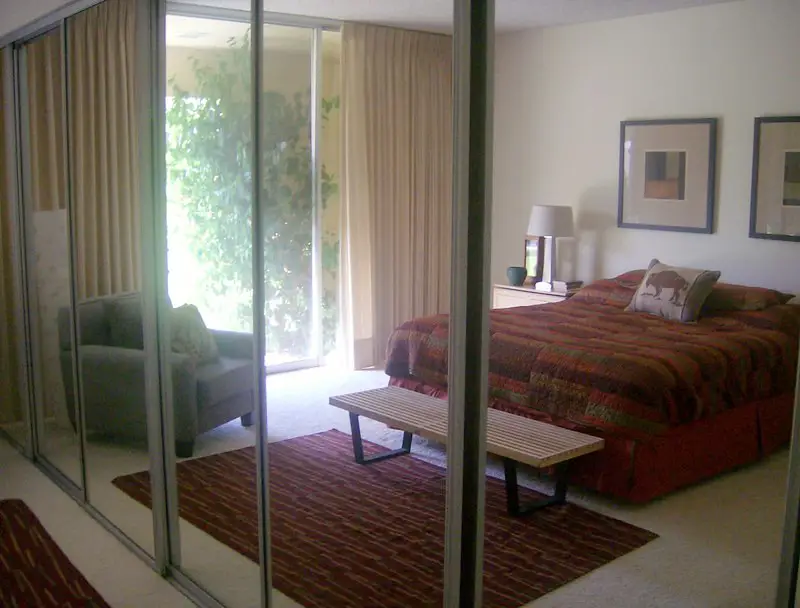
In the 80s, mirrored walls were all about glamour and making a space feel larger. But as noted by Apartment Therapy, today they’re seen as over-the-top and reminiscent of dated nightclubs or old-school gyms. Large mirrored panels dominate the room and reflect clutter, not just light. Most homeowners now prefer subtle reflective touches like framed mirrors or mirrored furniture.
Peeling corners and smudgy reflections only make the wall look worse over time. Removing a mirrored wall and replacing it with a fresh coat of paint or tasteful artwork can completely change the energy of a space. Save the mirrors for bathrooms and vanities where they actually belong. Unless you’re filming a dance video, it’s okay to lose the floor-to-ceiling glass.
2. Popcorn Ceilings
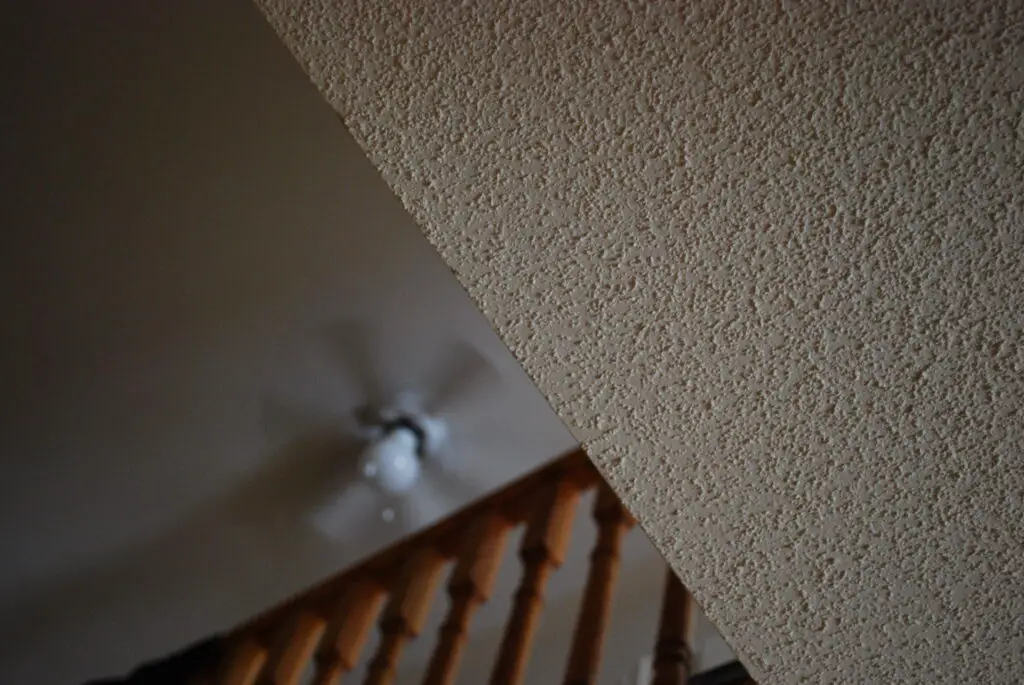
Popcorn ceilings were once praised for hiding imperfections, but today they instantly age a room. According to The Denver Post, many buyers see them as a red flag—not just for style, but also due to the potential presence of asbestos in older homes. They’re hard to clean, can flake over time, and make ceilings look lower than they really are. These days, most homeowners opt to scrape and smooth them for a cleaner, more modern finish.
Even if the ceiling is in good condition, popcorn texture is a giveaway that the space hasn’t been updated in decades. Removing it might be messy, but it’s often worth the investment if you want a fresh look. Just be sure to test for asbestos before diving in. Otherwise, what was once trendy could be quietly harming your resale value.
3. Carpeted Bathrooms
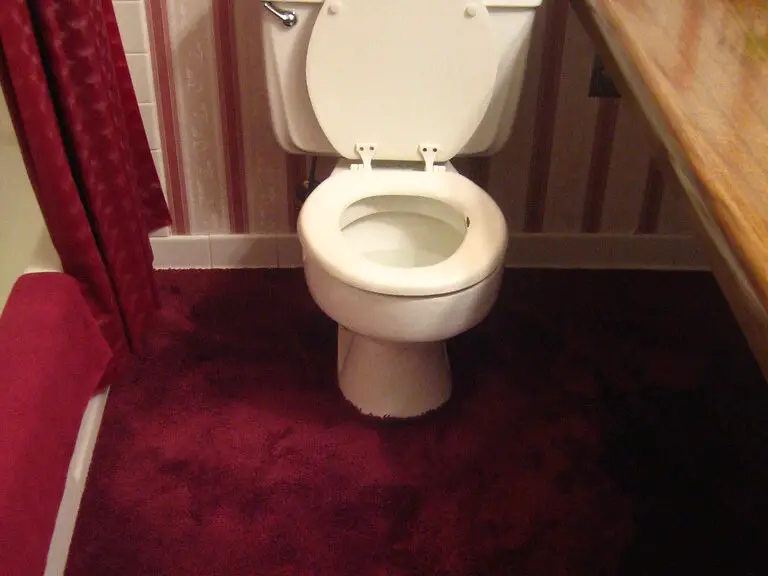
Carpeted bathrooms were a hit in the 70s and 80s for adding “warmth,” but today they’re considered a hygiene nightmare. Apartment Therapy notes that moisture retention in carpet creates the perfect environment for mold, mildew, and bacteria. On top of that, it’s difficult to clean and can quickly become stained. Most modern bathrooms now use tile, vinyl, or even sealed concrete for good reason.
Even if the carpet looks clean, most guests (and potential buyers) will side-eye this feature. Replacing it with something waterproof and stylish will instantly update the space. Bathroom design has come a long way—no need to cling to a trend that never really made sense. Trust us, your feet and your nose will thank you.
4. Wood Paneling Everywhere

Wood paneling had its heyday, especially in dens and basements across the 60s and 70s. As Realtor.com points out, while some real wood panels can be salvaged, most of what’s still hanging around today is the faux kind—dark, shiny, and overwhelmingly dated. It closes in a room and makes it feel like a time capsule in the worst way. Painting it or replacing it with drywall instantly lifts the mood and updates the style.
A few strips of reclaimed wood as an accent wall? Still cool. A whole room wrapped in plastic-looking paneling? Not so much. Unless you’re intentionally going for a “vintage cabin” aesthetic, it’s time to let it go. Light, neutral walls are in—and help show off your space, not shrink it.
5. Avocado Green Appliances

Avocado green reigned supreme in kitchens throughout the 70s, often paired with mustard yellow or brown. While some vintage lovers embrace the look, most modern buyers see it as an eyesore. These appliances are often loud, energy inefficient, and clash with today’s sleek design trends. And unless everything else in the space is updated, they make your kitchen feel frozen in time.
If you’re holding onto that fridge because “it still works,” that’s understandable—but it might be time to prioritize function and form. Modern stainless steel or matte black appliances are not only better looking, but they’re also more energy efficient. You don’t need to spend a fortune—many big-box retailers offer affordable replacements. And the impact on your kitchen’s appeal is instant.
6. Tuscan-Style Kitchens
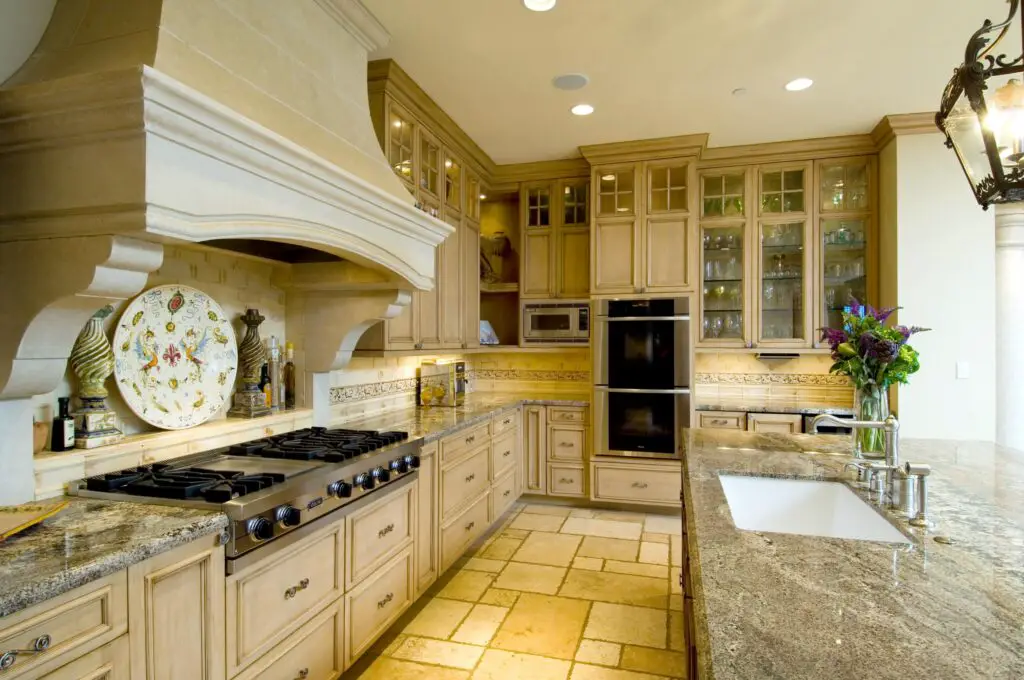
Remember the early 2000s obsession with ornate wood cabinets, heavy granite, and faux stone backsplashes? Tuscan kitchens were everywhere, but today they’re seen as fussy and overdone. Modern design favors cleaner lines, lighter tones, and minimalist finishes. That faux-aged aesthetic can weigh down your entire home’s vibe.
Even if the materials are high quality, the visual heaviness makes the space feel dark and dated. Repainting cabinets, swapping out hardware, or replacing ornate backsplashes can make a world of difference. You don’t have to gut the kitchen—just lighten it up. The less-is-more approach wins every time these days.
7. Glass Block Windows

Glass blocks were a staple of 90s bathroom design, offering privacy while still letting in light. Unfortunately, they now read more “doctor’s office” than chic home. They’re bulky, hard to clean, and clash with nearly every modern design trend. Most people opt for frosted glass or textured panes instead.
Replacing glass blocks can instantly modernize your bathroom or basement. If you want to preserve privacy, there are window films and treatments that offer the same effect with better aesthetics. These windows can also hurt curb appeal if used prominently. It’s one of those features you won’t miss once it’s gone.
8. Brass Everything
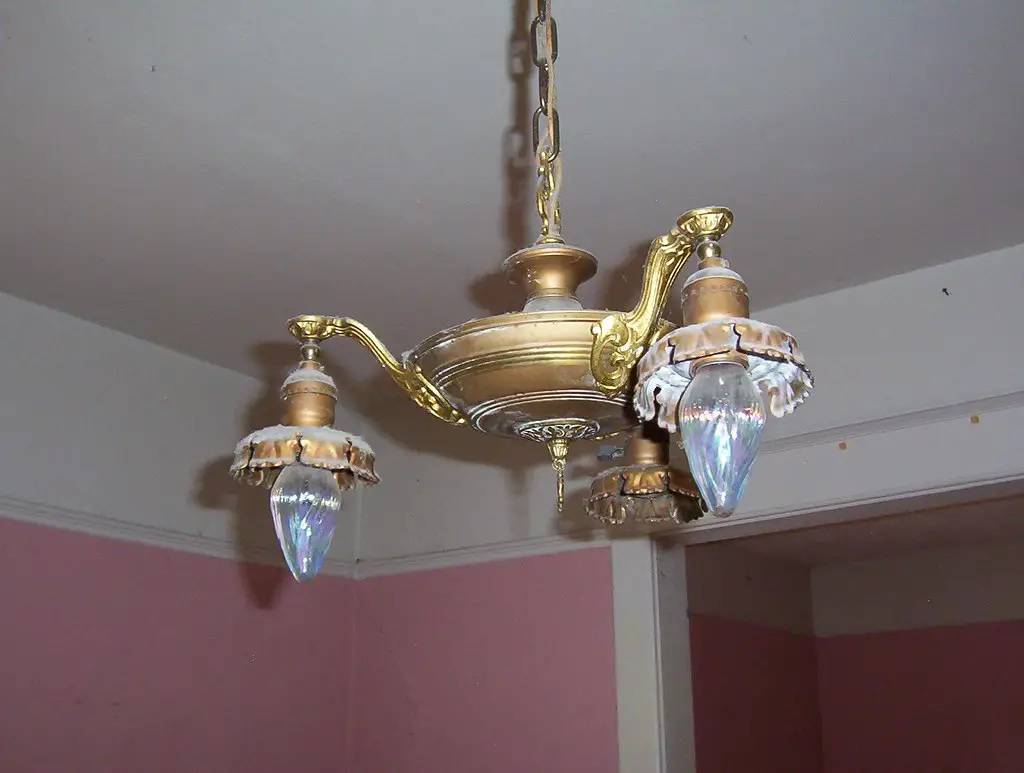
Shiny brass fixtures were huge in the 80s and 90s—from doorknobs to chandeliers to cabinet pulls. But the overly reflective finish quickly fell out of favor. While warm metallics are making a comeback, the new versions are subtler, like brushed brass or antique gold. That high-gloss finish now looks more dated than luxe.
Swapping out dated brass hardware is an easy and affordable way to update a room. It’s one of those small changes that makes a surprisingly big difference. Think matte black, satin nickel, or aged bronze for a more current vibe. Your space will feel less “Golden Girls” and more golden hour.
9. Over-the-Range Microwaves with Massive Hoods

Over-the-range microwaves were once the standard in space-saving kitchen design. But newer layouts prioritize venting performance and design flow, with many opting for stylish range hoods and under-counter microwaves. These bulky combos often date your kitchen and make cooking less pleasant by limiting ventilation.
Upgrading to a dedicated hood instantly modernizes the look—and improves air quality during cooking. You don’t have to do a full remodel to make this switch. It’s one of those tweaks that makes your kitchen feel more gourmet and less builder-basic. And yes, it’s worth it.
10. Whirlpool Tubs
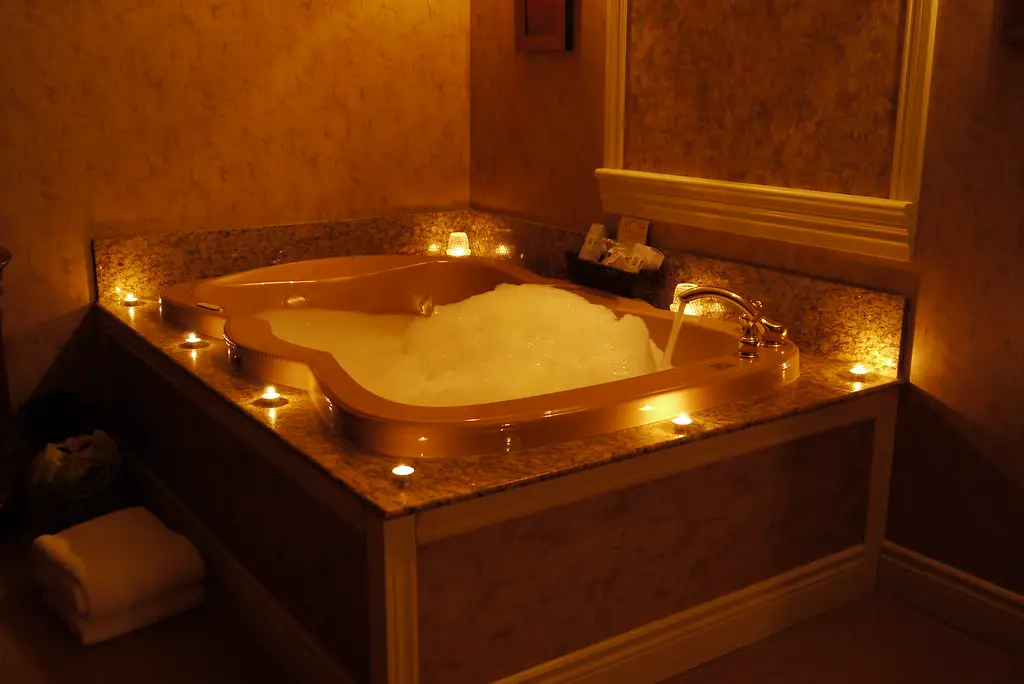
Those big jetted bathtubs felt like the ultimate luxury in the 90s and early 2000s. But today, many homeowners see them as bulky, hard to clean, and not very eco-friendly. They take up tons of space and use a lot of water—often without delivering the spa-like experience they promised. Freestanding soaking tubs or large showers are now the preferred choices.
If your whirlpool tub rarely gets used (or worse, doesn’t work), it may be time to rethink your bathroom setup. Removing it could open up space for dual vanities or a more functional shower. Plus, the clunky look doesn’t exactly scream “modern retreat.” Most buyers prefer relaxation that’s low-maintenance and visually sleek.
11. Wall-to-Wall Carpeting in Living Areas
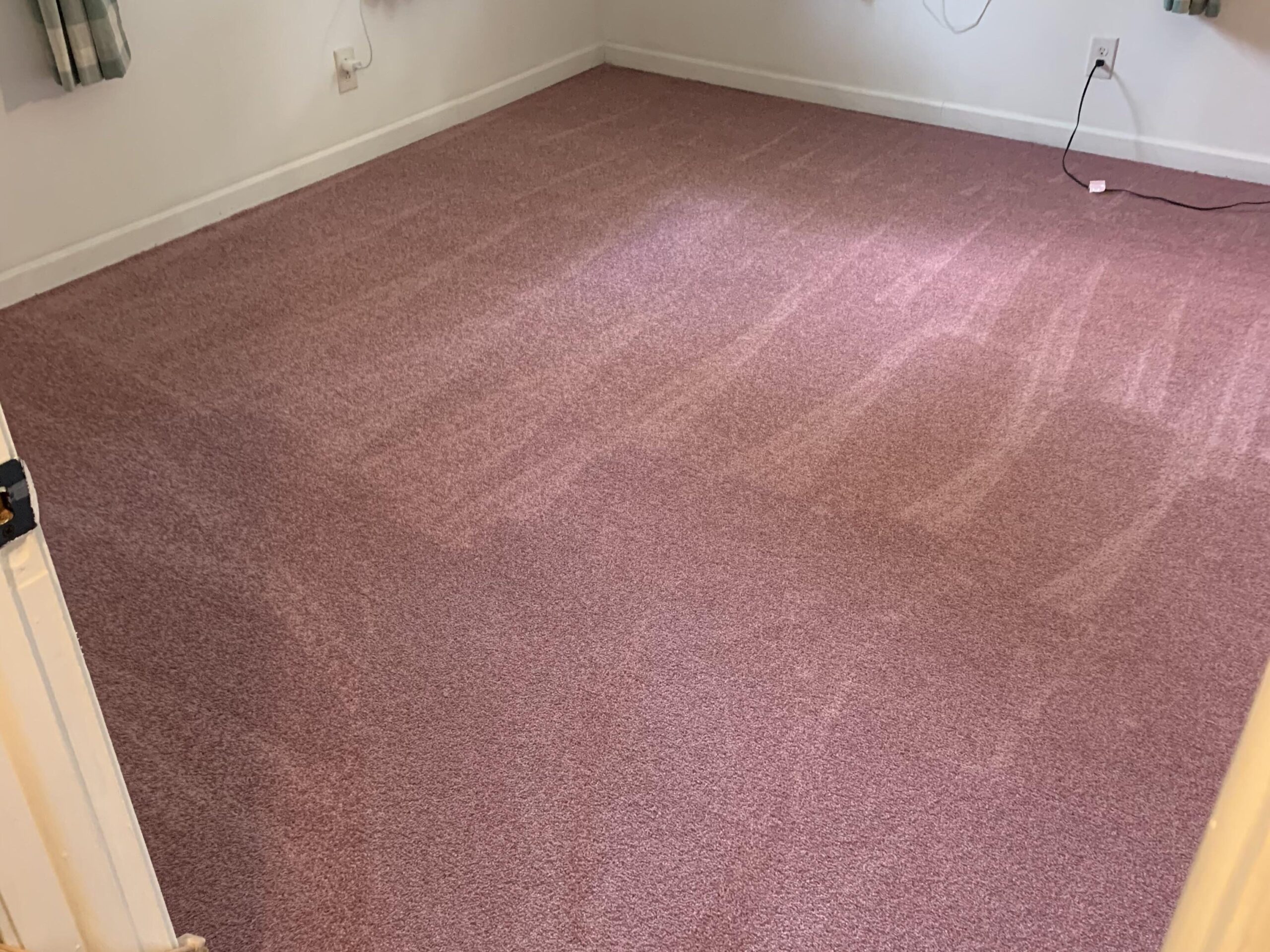
While carpet can still make sense in bedrooms, wall-to-wall styles in living rooms are increasingly seen as dated. Hardwood, luxury vinyl, and engineered wood floors are now the go-to for their durability and updated look. Plus, carpet traps allergens, pet dander, and odors—making it less appealing for modern households.
If your living room still has plush beige carpet from 2001, it’s time for an upgrade. Even budget-friendly laminate options offer a more current vibe and are easier to maintain. Area rugs provide the same cozy feel without the commitment. It’s a change you’ll notice—and appreciate—every day.
12. Intercom Systems
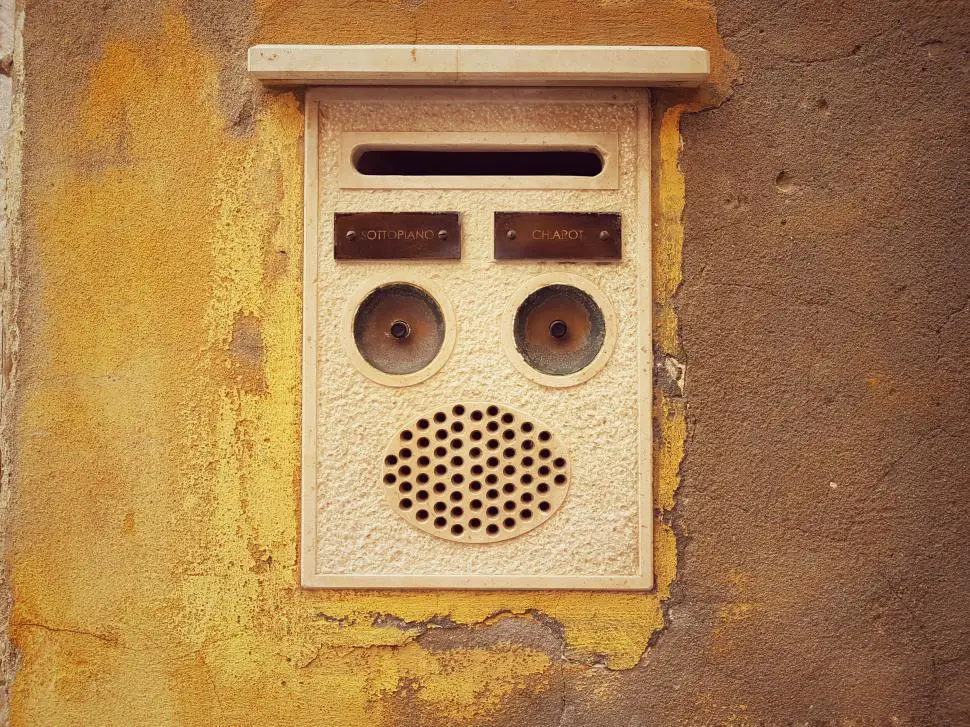
Once considered high-tech, those built-in wall intercoms now feel as clunky as dial-up internet. With smartphones, smart speakers, and wireless doorbells like Ring, there’s no need to shout into a wall box anymore. They often don’t work properly, and the outdated panels stick out like a sore thumb.
Removing them (or covering them with artwork or shelving) is an easy cosmetic win. If you really want that connected feel, smart home systems offer far more useful features. Say goodbye to the awkward buzzing—there’s a better way to communicate. And it doesn’t involve wiring through the drywall.
13. Faux Finish Walls
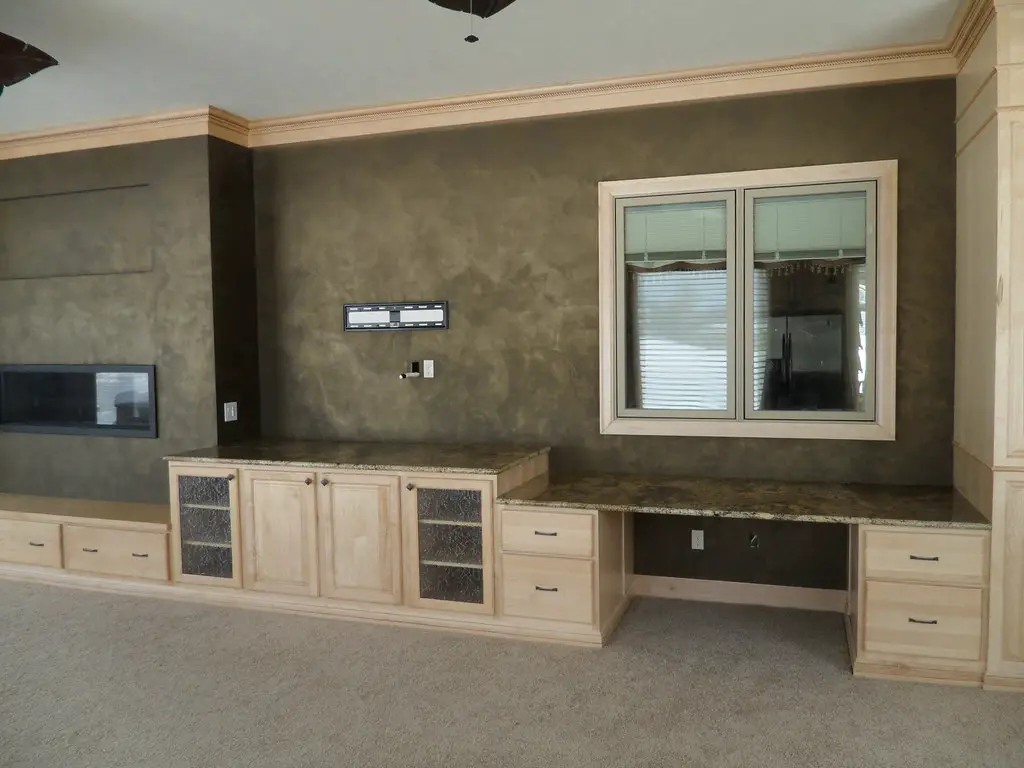
Sponge painting, rag rolling, and other faux finish techniques once screamed “custom job,” but now they just scream “stuck in the early 2000s.” These walls often look overworked and can be hard to repaint. A smooth, neutral finish gives the space a clean slate and broader appeal. It also reflects light better, making rooms feel larger.
If you still have faux finishes clinging to your dining room, grab a roller. Even a basic matte or eggshell paint in a modern color will do wonders. You don’t need to hire a pro for this update. Sometimes the simplest solutions make the biggest impact.
14. Lace or Ruffled Curtains
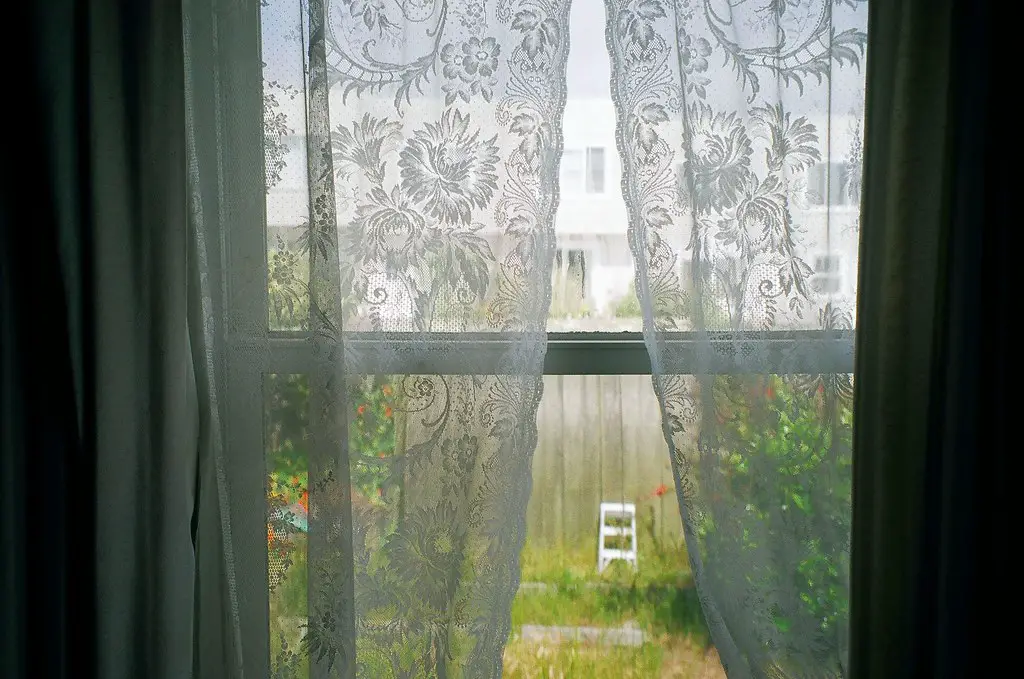
Heavily ruffled or lace-trimmed curtains once had a place in shabby-chic design, but they now tend to read more “grandma’s house” than curated charm. Modern window treatments lean toward simple panels, natural textures, or sleek roller shades. Overly ornate fabrics can overwhelm a room and block precious light. They also tend to clash with streamlined furniture and modern finishes.
Swapping them out for something minimalist is one of the easiest upgrades you can make. Light linen panels or bamboo shades instantly refresh a room. Bonus: they’re usually easier to clean. Leave the ruffles in the past where they belong.
